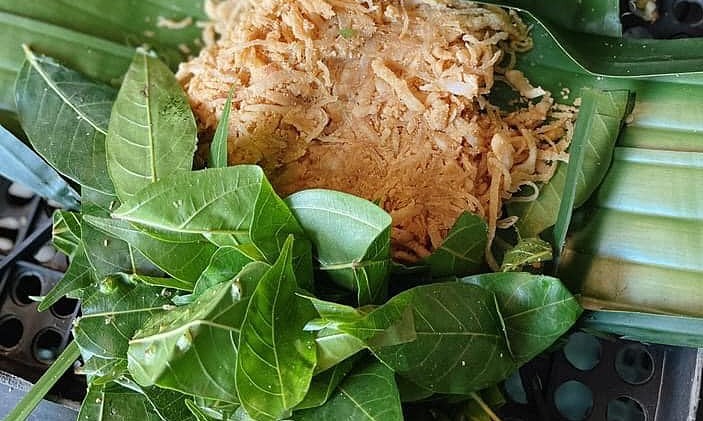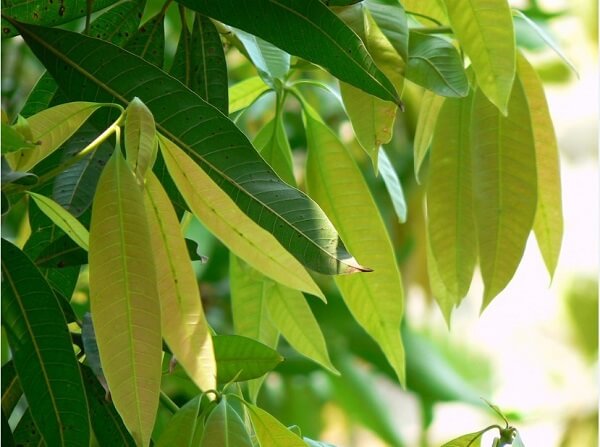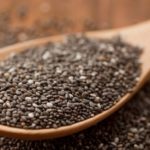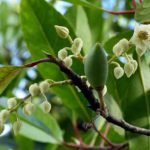Betel leaf
Betel leaf, a traditional ingredient in Vietnamese cuisine, is not only a unique spice that enhances the flavor of dishes like nem chua and fish salad, but also brings a fresh and cool aroma and a slight bitterness that balances and reduces the feeling of satiety. Known as an indispensable part of Vietnamese meals, betel leaves also contain hidden health benefits that you may not know.
In traditional medicine, betel leaves are praised for their various functions such as promoting blood circulation, reducing pain, stimulating digestion, diuresis, and overall health support. Folklore also has it that betel leaves help reduce fatigue and support women after childbirth.

Particularly, according to the recommendations of the World Health Organization (WHO), betel leaves are highly regarded in the treatment of diabetes due to their ability to control blood glucose levels. A small study in 1998 found that betel leaf extract can reduce blood sugar levels after meals and reduce insulin demand in participants. Drinking betel leaf tea every morning can also help stabilize blood sugar levels and effectively prevent diabetes complications.
Moreover, scientific studies have shown that betel leaves also have the potential to fight against cancer cells, including breast cancer, cervical cancer, and liver cancer. Additionally, this type of leaf contributes to improving blood pressure and controlling blood lipid levels.
Therefore, adding betel leaves to your daily diet can be a natural way to enhance your health and prevent diseases.
Pandan leaf
Similar to betel leaves, pandan leaves also play a role as a natural aromatic spice, often used to enhance the aroma of dishes. Pandan leaves, also known as “sticky rice plant” because of its distinctive fragrance reminiscent of sticky rice flavor.

In every family’s kitchen, pandan leaves are an essential component in many cooking recipes, from adding to rice cookers to various types of cakes, desserts, or even natural food coloring to make dishes more appealing.
Despite its appealing taste, not everyone knows about the health benefits that pandan leaves bring. In traditional medicine, pandan leaves are used as a natural remedy for conditions such as joint pain, gout, cough, bronchitis, and they are also considered as an herbal support for type 2 diabetes patients.
Especially, pandan leaves contain many glycosides and abundant dietary fiber that help control blood sugar levels and balance blood glucose levels. Additionally, pandan leaves are known to have anti-inflammatory effects, thanks to compounds such as phenols, tannins, flavonoids, and glycosides.
Pandan leaves also contribute to reducing cholesterol levels in the blood due to the presence of phenols, acting similarly to statin drugs, effectively reducing cholesterol. However, the use of pandan leaves should be seen as a supportive measure rather than completely replacing a healthy diet and standard diabetes treatment protocol.
By incorporating pandan leaves into a healthy lifestyle, including a balanced diet and regular exercise, you will have an additional useful tool in managing diabetes. Moreover, the nutritional benefits of pandan leaves are also applied in pain relief for muscles, treatment of constipation, body detoxification, repairing sun-damaged skin, and supporting the treatment of arthritis.
Mango leaf
Mango is famous for its sweet taste and diverse health benefits, but few people know that mango leaves also have their own medicinal value. Various parts of the mango tree, from the trunk, bark, leaves, roots to the fruits, are applied in traditional medicine, and mango leaves stand out for their ability to support diabetes treatment and various other health issues.

Youthful mango leaves contain 3beta-taraxerol and ethyl acetate extract, which have anti-inflammatory properties and slow down the body’s metabolic processes, reduce sugar absorption, reduce lipid levels in the blood, and prevent diabetes complications. Mango leaves have also been used as a component in some diabetic treatments, including Glutex.
Moreover, the polyphenols in mango leaves help strengthen weak blood vessels – one of the causes of high blood pressure – and assist in the treatment of varicose veins. Mango leaves also contain pectin, vitamin C, and abundant fiber that lower bad cholesterol levels and stabilize the cardiovascular system.
Therefore, adding mango leaves to your daily diet with the appropriate dosage can contribute to improving overall health.






































